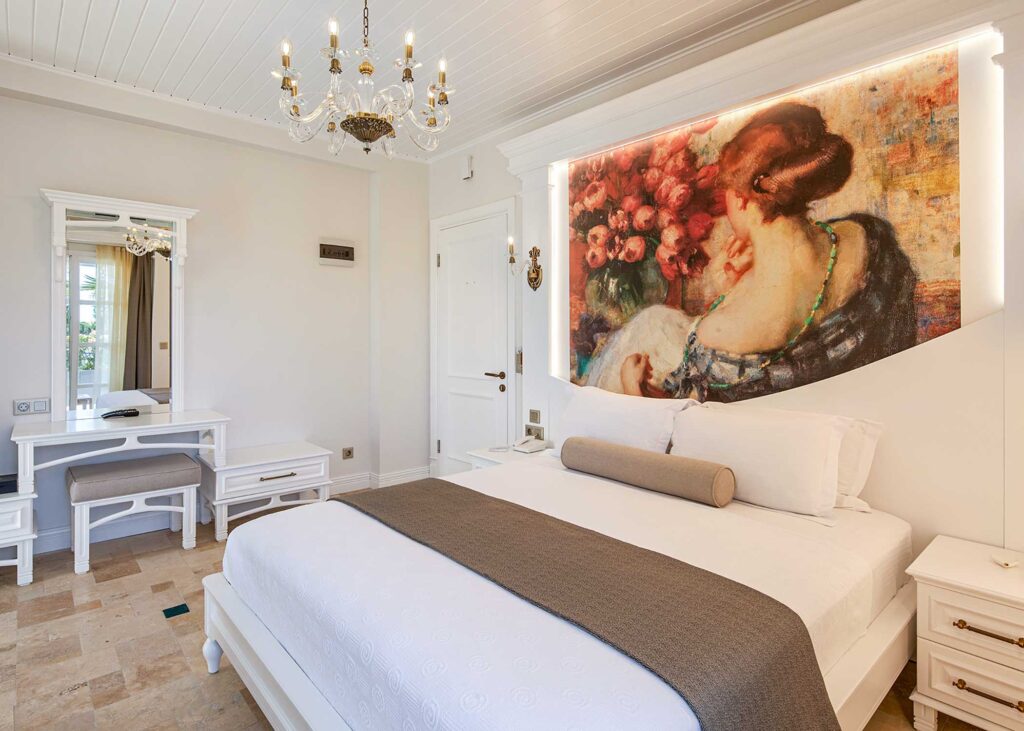

A few entries from this important ancient handbook of place names have been translated by Brady Kiesling. Stephanus of Byzantium, Stephani Byzantii Ethnicorum quae supersunt, edited by August Meineike (1790-1870), published 1849.Latin text available at the Perseus Digital Library. Online version at the Perseus Digital Library. Publius Ovidius Naso, Metamorphoses translated by Brookes More (1859-1942).Menander was born in the Caucasus, but the.

He is believed to have been a patron of the Buddhist religion and the subject of an important Buddhist work, the Milinda-panha (The Questions of Milinda). Greek text available at the Perseus Digital Library. Menander, also spelled Minedra or Menadra, Pali Milinda, (flourished 160 bce135 bce), the greatest of the Indo-Greek kings and the one best known to Western and Indian classical authors. Online version at the Perseus Digital Library Cambridge, MA, Harvard University Press London, William Heinemann Ltd.

Hesiod, Theogony from The Homeric Hymns and Homerica with an English Translation by Hugh G.There is also a very big and impressive stadion that could take more than 30,000 spectators. A little bit further on a hill slope lies a well-preserved theatre, and about 700 metres to the north of the site are the remains of a gymnasium. On the archaeological site, we can still see the remains of the temple and the altar of Artemis, some remains of the Temple of Zeus Sosipolis, and a Roman basilica. This led the Magnetes to institute a great quadrennial festival called the Leucophryna, for which they invited people from all over the Greek world. Magnesia was a very large and important city and the oracle of Apollo at Delphi declared that Magnesia and its environs were sacred ground. The geographer Strabo of Amasia writes that it was the third largest temple in Asia, surpassed only by the sanctuary of Artemis at Ephesus and the temple of Apollo in Didyma. The new temple was designed by Hermogenes, who also built the Temple of Dionysus at Teos. Late in the third century BCE, the inhabitants of Magnesia on the Meander rebuilt her temple, but the foundations of the original sanctuary can still be seen. The site possessed a very ancient shrine of the Anatolian fertility goddess, whom the Greeks worshipped here under the name of Artemis Leucophryne (of the White Brow). His tomb was still visible on the market in the second century CE. Later, the Athenian statesman Themistocles settled in Magnesia. The Greek researcher Herodotus of Halicarnassus records note that in 522 BCE, Oroetes, the satrap of Lydia, crucified Polycrates, the famous tyrant of Samos, not far from the city of Magnesia. The Milesians rebuilt the city, but it was captured by the Persians after 547. 68圆6 Vintage LINEN DAMASK Fleur de Lis Tablecloth Meander Greek fret design. Magnesia was ruled for a time by the Lydian king Gyges (r.680-644) and devastated by the Cimmerians about 650. Magnesia was originally located at the confluence of the Meander and the Lethaeus, one of its tributaries, but in 398 BCE it was moved to its present location by Thibron who, at Pergamum, had succeeded Xenophon as commander of the Ten Thousand. These were the only important towns established inland from the Aegean coast at the time of the Hellenic migration to Anatolia at the end of the second millennium BCE.Īlthough Magnesia on the Meander was in Ionia, its founders were Aeolians and another tradition holds that they went first to Delphi, then to Crete, and then finally crossed the Aegean to Asia Minor. According to tradition, Magnesia on the Meander was founded at the same time as Magnesia near the Sipylus, both of them settled by soldiers from Agamemnon's army after the Trojan War.


 0 kommentar(er)
0 kommentar(er)
